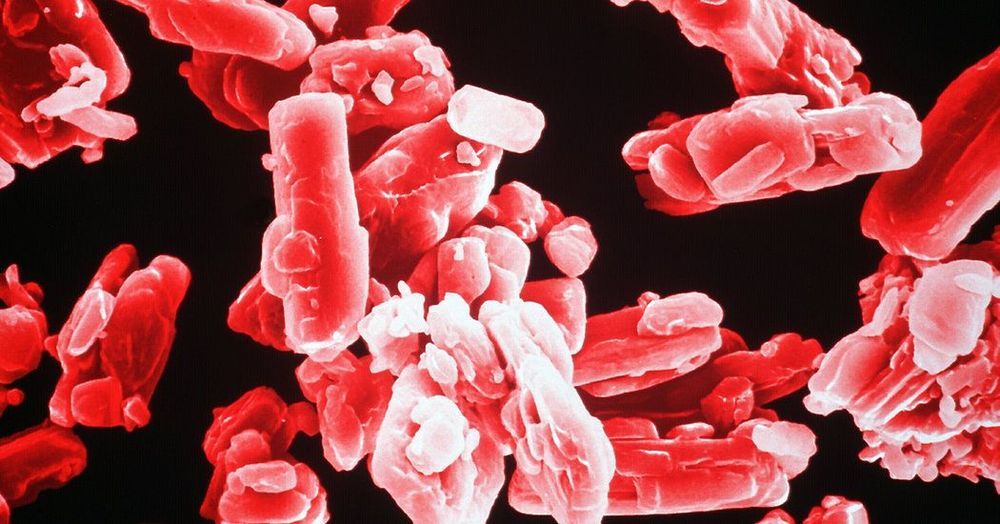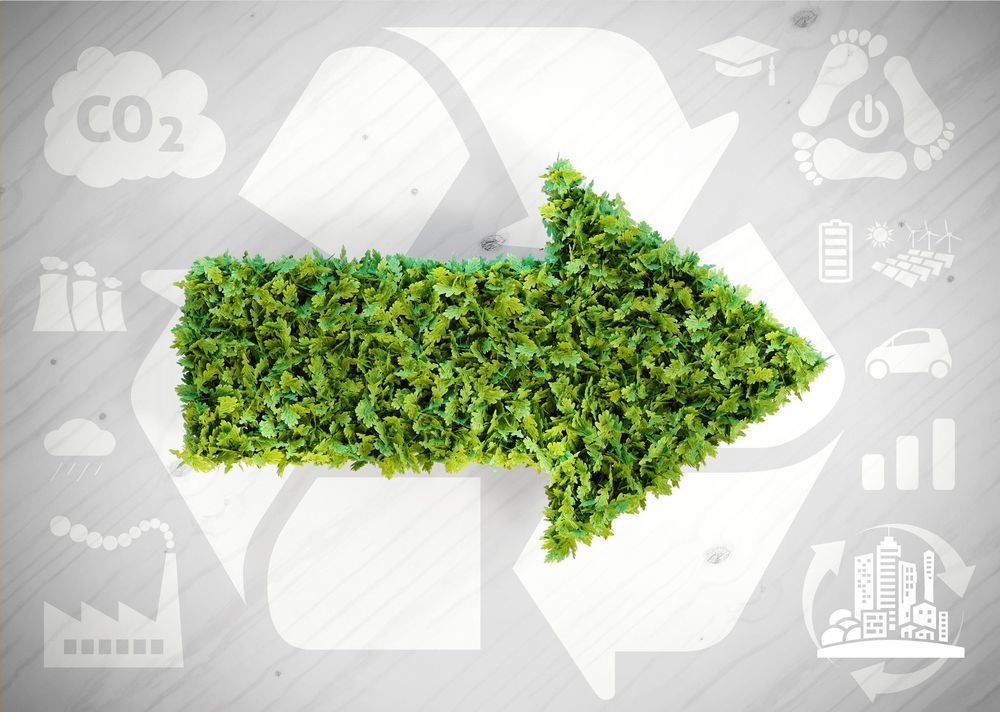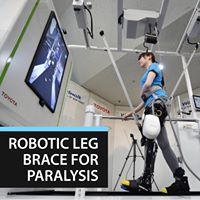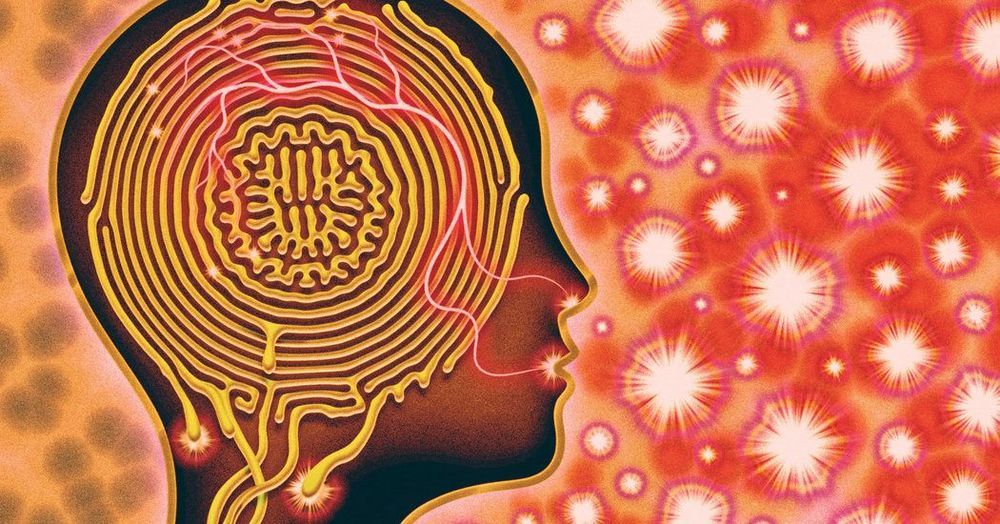The newly crowned Fugaku system is analysing droplet spread in offices and public transport.




New Delhi could select its new fighter in 2019. If it picks the F-21 and opts to keep Lockheed’s designation for the type, it rightfully could claim to be the first operator of a brand-new fighter.
Lockheed Martin in mid-February 2019 offered to sell India a new fighter the company calls the “F-21.”
Only it doesn’t look like a new fighter at all. The F-21 looks like an F-16.

He stresses that these are not “luxury bunkers” for the top 1 percent, and only a small part of the calls are coming from Doomsday preppers or Cold War-era holdovers. Rather, about two-thirds of his business comes from consumers who pay approximately $25,000 for an underground livable dwelling. Since the outbreak of the coronavirus pandemic, Mr. Woodworth said he has been unable to keep up with the demand.
When we were told to stay inside our homes, a portion of the population quietly went below ground.

In recent days, the coronavirus pandemic is wrecking havoc on our society. However, the next pandemic is likely to come from one of either two sources: 1) man-made bioterrorism agents or 2) man’s encroachment on nature.
PS: The stock footage from this photo comes from Videvo!
Discord Link: https://discord.gg/brYJDEr
Patreon link: https://www.patreon.com/TheFuturistTom
Please follow our instagram at: https://www.instagram.com/the_futuris…
For business inquires, please contact [email protected]

1. AI-optimized manufacturing
Paper and pencil tracking, luck, significant global travel and opaque supply chains are part of today’s status quo, resulting in large amounts of wasted energy, materials and time. Accelerated in part by the long-term shutdown of international and regional travel by COVID-19, companies that design and build products will rapidly adopt cloud-based technologies to aggregate, intelligently transform, and contextually present product and process data from manufacturing lines throughout their supply chains. By 2025, this ubiquitous stream of data and the intelligent algorithms crunching it will enable manufacturing lines to continuously optimize towards higher levels of output and product quality – reducing overall waste in manufacturing by up to 50%. As a result, we will enjoy higher quality products, produced faster, at lower cost to our pocketbooks and the environment.
Anna-Katrina Shedletsky, CEO and Founder of Instrumental.


For three months, Chelsea Alionar has struggled with fevers, headaches, dizziness and a brain fog so intense it feels like early dementia. She came down with the worst headache of her life on March 9, then lost her sense of taste and smell. She eventually tested positive for the coronavirus. But her symptoms have been stranger, and lasted longer, than most.
“I tell the same stories repeatedly; I forget words I know,” she told me. Her fingers and toes have been numb, her vision blurry and her fatigue severe. The 37-year-old is a one of the more than 4,000 members of a Facebook support group for Covid survivors who have been ill for more than 80 days.
The more we learn about the coronavirus, the more we realize it’s not just a respiratory infection. The virus can ravage many of the body’s major organ systems, including the brain and central nervous system.
